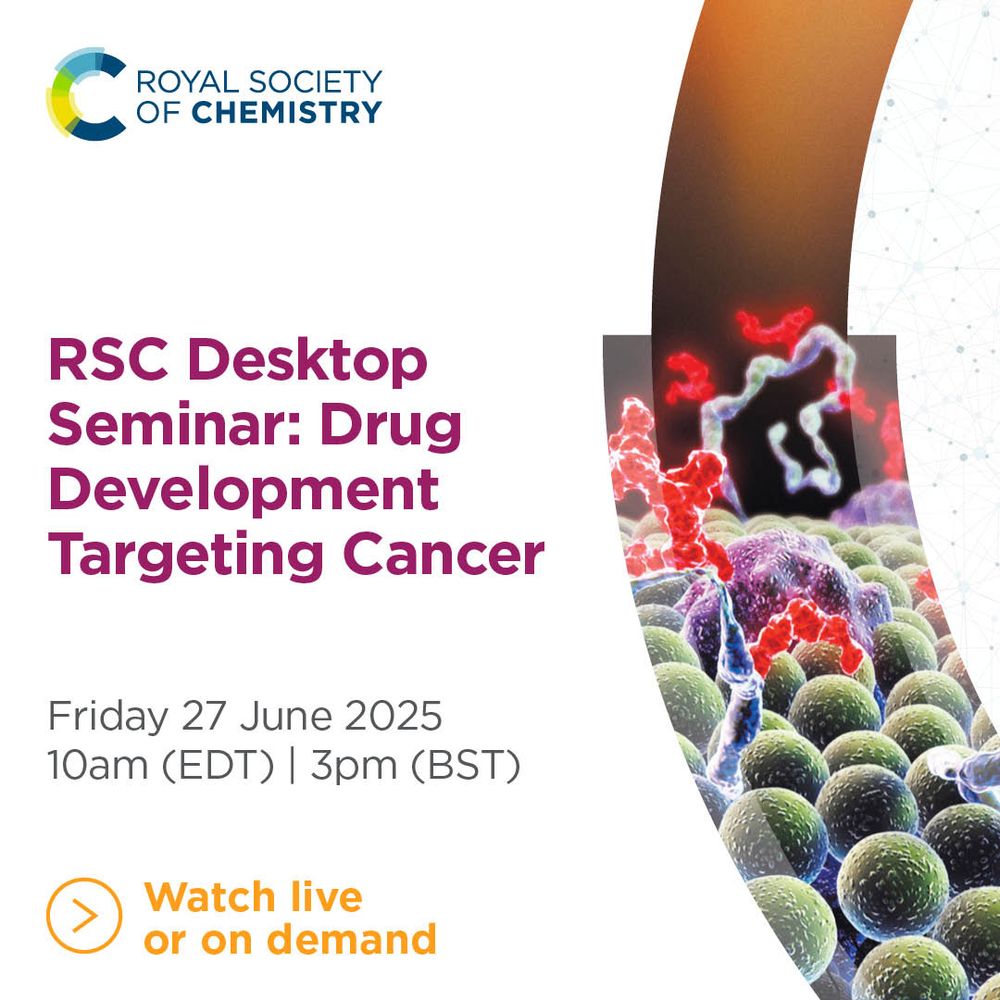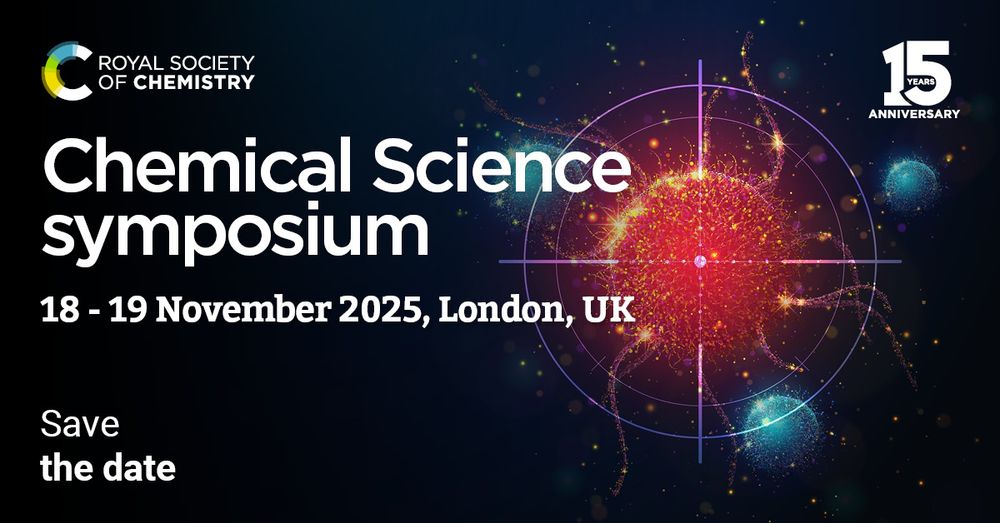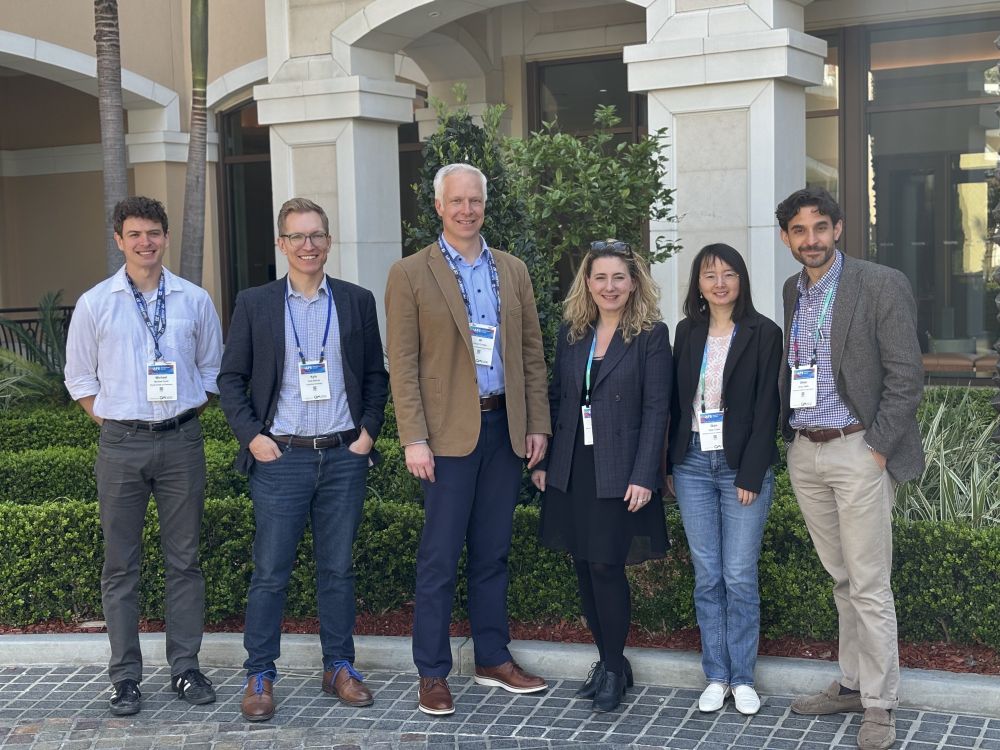Michael Hurst
@chemhurst.bsky.social
800 followers
1.9K following
11 posts
Managing Editor at the American Chemical Society, Washington DC | Chemistry PhD 2022 from University of Oregon | views (when seldom expressed) are my own
Posts
Media
Videos
Starter Packs
Reposted by Michael Hurst
Reposted by Michael Hurst
Michael Hurst
@chemhurst.bsky.social
· Jun 17
Reposted by Michael Hurst
Reposted by Michael Hurst
Reposted by Michael Hurst
Reposted by Michael Hurst
Reposted by Michael Hurst
Reposted by Michael Hurst
Michael Hurst
@chemhurst.bsky.social
· Mar 10
Royal Society of Chemistry hiring Content Development Editor in Washington, DC | LinkedIn
Posted 1:18:17 AM. Join the Royal Society of Chemistry's North American team as a Content Development Editor and…See this and similar jobs on LinkedIn.
www.linkedin.com
Reposted by Michael Hurst
Royal Society of Chemistry
@rsc.org
· Feb 27
Reposted by Michael Hurst
Reposted by Michael Hurst
Reposted by Michael Hurst
Reposted by Michael Hurst
Michael Hurst
@chemhurst.bsky.social
· Dec 10

The Influence of Silane Steric Bulk on the Formation and Dynamic Behavior of Silyl Palladium Hydrides
Silanes play a versatile role in catalytic transformations, acting as hydride sources, transmetalation reagents, and starting materials in the synthesis of highly valued organosilicon compounds and polymers. Their use in catalysis with palladium is widespread, commonly proposed to proceed via oxidative addition of Si–H to Pd(0); however, little is known about this fundamental reaction. Here, we show that the formation of silyl palladium hydride complexes (dcpe)PdH(SiR3), which exist in equilibrium with starting materials [(μ-dcpe)Pd]2 (dcpe = dicyclohexyl(phosphino)ethane) and tertiary silanes HSiR3 in solution, is dependent on the steric profile of the silanes employed. A lower Keq is observed with increasing steric encumbrance at silicon, correlating well with each substituent’s Charton value, and van’t Hoff analyses show the reaction with sterically congested silanes to be less thermodynamically favorable. Variable temperature kinetics studies likewise reveal a preference for unhindered silanes as determined by Charton and Eyring analyses. On the other hand, the intramolecular ligand exchange of H/SiR3 on the formed complexes is unaffected by silane steric bulk. Together, the energetic parameters derived for each of these steps reveal that thermodynamic factors are primarily responsible for favoring (silyl)Pd(H) formation with less sterically bulky silanes. These results present the first systematic study on the role of silane steric effects in oxidative addition of Si–H to Pd(0) and help to inform organosilicon chemistry with late transition metals.
pubs.acs.org

















